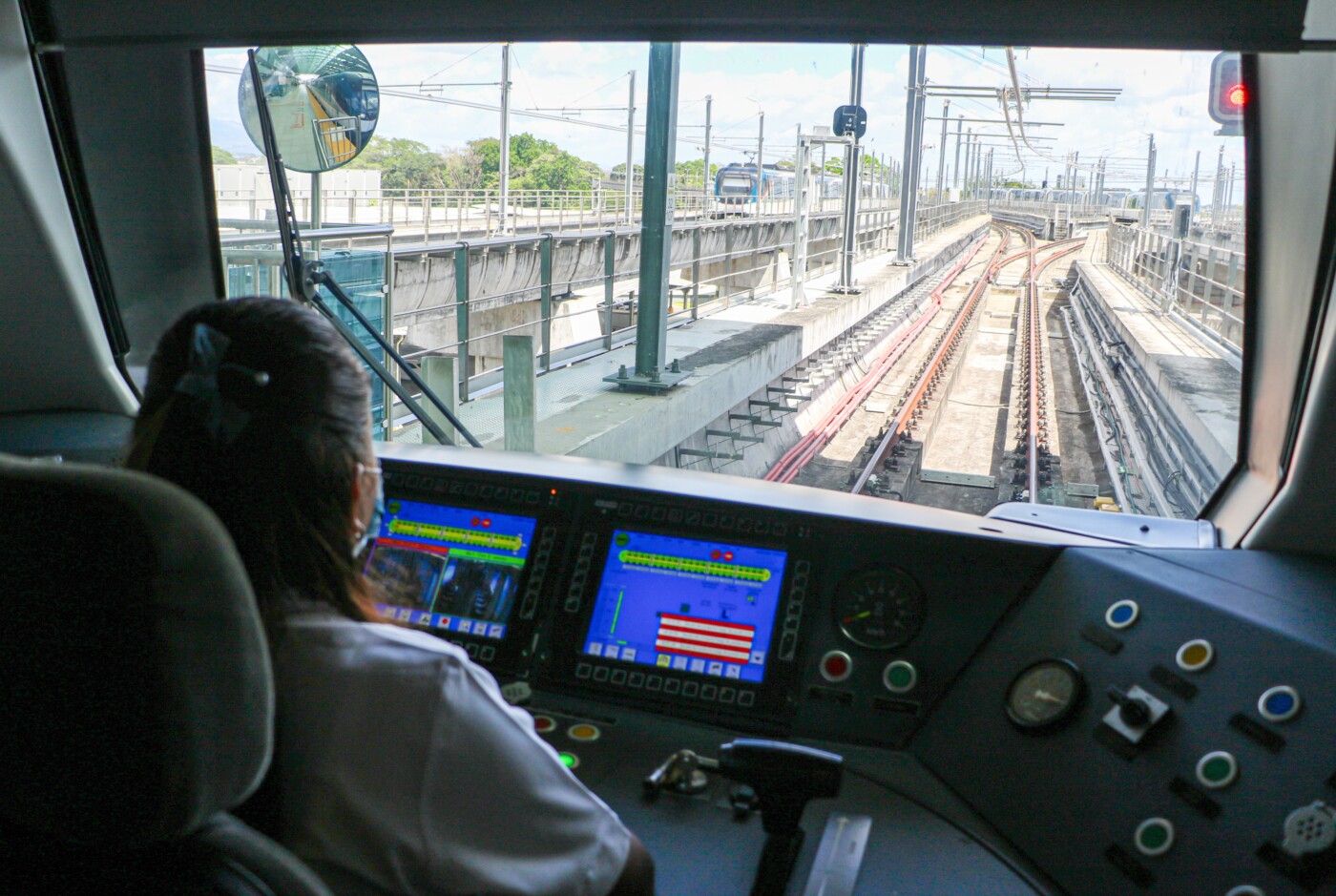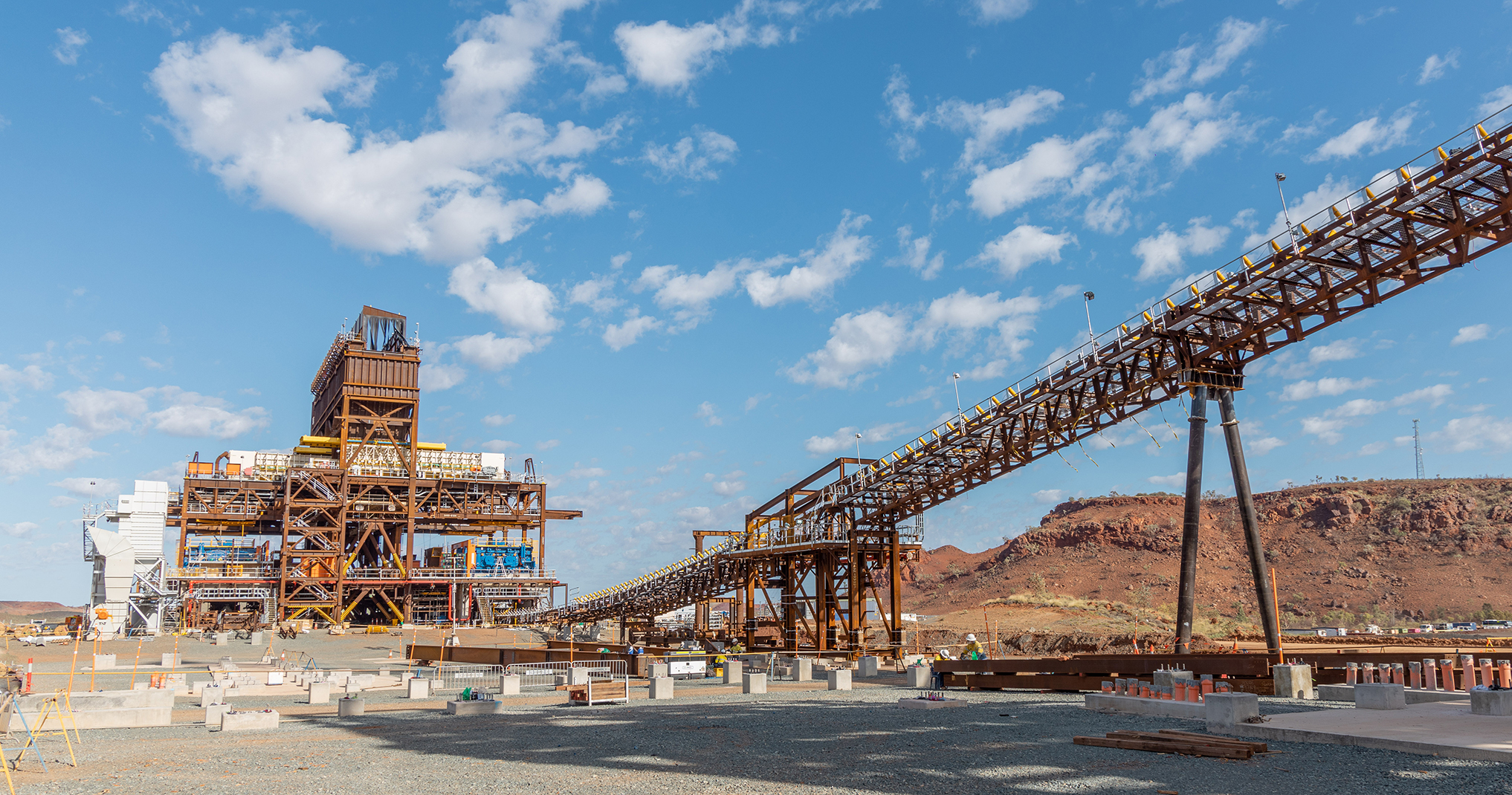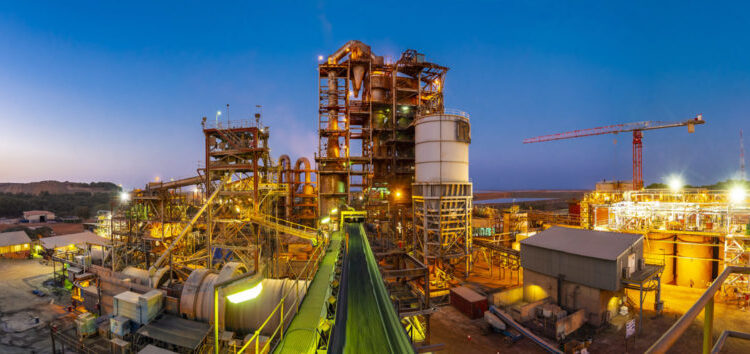Eti Aluminyum of Turkey has the rare distinction of possessing one of a very small number of fully integrated facilities in the world. General manager Mehmet Arkan talks to Julia Smith about the company’s capabilities and plans.
One issue that never confronts the aluminium industry is a shortage of raw metal. Aluminium is the most common metal in the earth’s crust and it makes up about eight per cent by weight of the earth's solid surface. It is remarkable for its low weight-to-strength ratio—the weight of aluminium is only a third that of steel—and for its ability to resist corrosion. Moreover, aluminium is easy to shape and form and it enjoys the bonus of being 100 per cent recyclable.
Although aluminium has only been in commercial production for just over a century, it has become the world’s second most used metal after steel. Despite its relatively late entrance to the industrial world, there are a myriad of applications in transportation, aerospace, packaging, electrical applications, medicine and the construction of homes and furniture.
Turkey is home to Eti Aluminyum, one of a very small elite group of integrated aluminium producers. Strategically, Turkey is an excellent location and the company services customers located around the globe taking in North and South America, Africa, Europe and the Far East, as well as meeting approximately 15 per cent of Turkey’s domestic demand.
Eti Aluminyum was originally established in 1962 by the Turkish government, passing into the private sector when it was acquired in 2005 by the Turkish construction, energy and mining group Cengiz Holding. This was a critical landmark in the company’s history, as all of its workers and engineers had the right to transfer to other state-managed enterprises and almost the entire workforce departed. Only 15 experienced engineers opted to stay with the company. One of them was Mehmet Arkan and he and his colleagues faced a mighty up skilling and training task. Arkan, who is currently the plant’s general manager, believes one of the team’s most notable achievements was the smoothness of the final handover which was accomplished in just three months without any major problems.
Eti Aluminyum is Turkey’s only producer of liquid aluminium and it is the country’s only fully integrated producer which takes in untreated ore downstream and then has the capacity to fulfil every process requirement to the finished product. The company has its own bauxite ore mines located just 20 kilometres away from the factory and this is the starting point of its operations—the chemistry of aluminium means it is always found combined in other minerals, most frequently bauxite ore.
“Our level of integration gives us the advantage of better control of raw material quality, cost and supply. We need to hold only minimal raw material stocks and it is easier to forecast raw material and final product costs,” states Arkan.
However, there are disadvantages too. “There are more inputs and factors affecting our profitability in this style of operation. As we have seen recently, energy costs have spiralled and so have some vital raw material costs like caustic soda, petroleum coke, natural gas, and electricity. In addition, to manage such a highly integrated plant with its many processes requires a bigger and more complex organisation. Today more than 1,300 people work here.”
Producing aluminium is an energy-intensive process and many plants have been bought to the brink by rising energy costs—it is estimated that around a third of plants around the world are operating at a loss—but the company has avoided the full impact of these increases by using its own hydro-electric power plant.
The plant has the capacity to process 460,000 tonnes of bauxite ore each year and currently produces 60,000 tons of aluminium per annum. There is also an on-site casting facility with a capacity of 75,000 tons a year. Eti Aluminyum produces primary and cast aluminium products as well as wet and dry aluminium hydroxide, calcined alumina and a small quantity of high Mg-alloyed plates.
The aluminium hydroxide product is used by aluminium sulphate, poly aluminium chloride (PAC), zeolite and other special hydrate producers. The metallurgical alumina product is used mainly by the smelter department internally as well as by refractory, ceramic and other special alumina producers. The casting products consist of re-melt ingot, alloyed and non-alloyed ingots, billets and slabs. Here, re-melt ingots are used by billet and slab producers while the alloyed and non-alloyed ingots are used by piston producers, cable manufacturers, etc. Billets are used by extrusion producers and slabs are used internally by the rolling plant. “The high Mg-alloyed plates we produce are typically used by machinery builders, ship builders and the defence industry,” Arkan explains.
Since privatisation, modernisation of the legacy of ageing plant has been a key priority. “Our existing facilities have mostly been in operation since 1973 or about 40 years. Modernisation is necessary in order to increase equipment and process efficiency, plant productivity, to improve work conditions and safety and to reduce emissions,” he says.
“Ideally we would like to see a modernisation programme that takes in the smelters, green anode plant, anode baking, alumina handling or conveying, and power supply and rectifier substation, but the predicted overall investment cost is very high and the payback time, of around 10 years, is too long.”
As an alternative, the company has been working with Elkem-Alcoa of Norway to equip five existing Soederberg pots with point feeders and a new control system using dry anode instead of wet anode paste. Elkem-Alcoa was behind the new, more efficient design, but in a pilot phase, the cathode and anode shells were manufactured in Eti Aluminyum’s own workshop. Once the results of the trial are known, the design will hopefully be extended throughout the plant. “We plan to increase our annual production output to 75,000 tons over the next two years to meet strong global demand and this process improvement should make a major contribution to reaching that goal,” he adds. http://www.etialuminyum.com/
DOWNLOAD
 EMEA-Dec11-Eti.Aluminyum-Bro-s.pdf
EMEA-Dec11-Eti.Aluminyum-Bro-s.pdf













